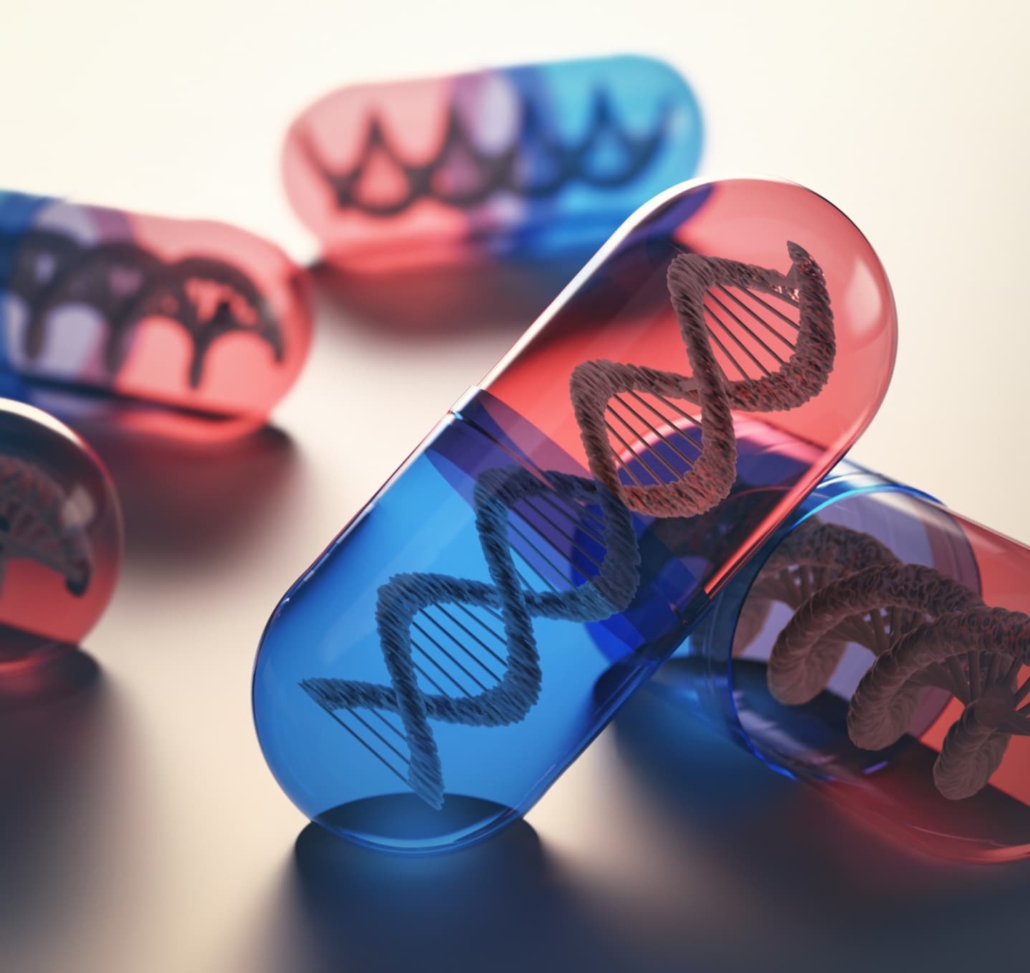New RNA technology enables gene therapy for previously untreatable muscular dystrophies
A groundbreaking RNA-based technology allows therapeutic genes that are too large for conventional delivery methods to be successfully transported into cells, offering new hope for treating muscular dystrophies and other genetic disorders caused by mutations in large genes.
Gene therapy has shown considerable promise in treating various genetic disorders, but its application has been limited by the size constraints of viral vectors used to deliver therapeutic genes. This limitation has been particularly problematic for conditions such as muscular dystrophies, where the affected genes are often too large to fit within standard delivery vehicles.
Technical innovation
Researchers at the University of Rochester Medical Center have developed a novel technology, termed ‘StitchR’ (stitch RNA), which overcomes this size limitation by splitting large therapeutic genes into two segments that can be delivered separately and subsequently joined within the cell. The findings, published in Science on 14 November 2024, demonstrate that the technique successfully restored the expression of crucial muscle proteins to normal levels in animal models of muscular dystrophy.
Mechanism of action
The technology relies on small RNA sequences called ribozymes that act as molecular scissors, cutting the messenger RNAs (mRNAs) in specific locations. When these ribozymes cleave the RNA, they create ends that are recognised by the cell’s natural repair pathway, enabling the two separate mRNA segments to join seamlessly and produce the desired full-length protein.
“Instead of delivering the full gene in a single vector, which isn’t possible, we’ve developed an efficient dual vector system where two halves of a gene are delivered separately but come together to reconstitute the large mRNA in the affected tissues,” explains Dr Douglas M. Anderson, assistant professor of Medicine at the University of Rochester School of Medicine and Dentistry and lead author of the study.
The research team achieved a remarkable 900-fold improvement in efficiency from their initial experiments. The optimised system utilises adeno-associated virus (AAV) vectors, which are widely considered the safest option for gene therapy in humans. The team identified specific ribozyme families and sequences that enabled protein production levels approaching those achieved by genes expressed from single vectors.
Clinical implications
The technology has demonstrated particular promise for two forms of muscular dystrophy. In animal models, StitchR successfully restored expression of both Dysferlin, which is deficient in limb girdle muscular dystrophy type 2B/R2, and Dystrophin, which is absent in Duchenne muscular dystrophy patients.
Distinctive features
Unlike previous dual vector approaches, StitchR operates at the RNA level, ensuring that only full-length protein products are generated. Dr Anderson notes that this characteristic distinguishes StitchR from other technologies, such as intein-based approaches, which can produce protein fragments with unknown cellular effects.
Future applications
The versatility of StitchR suggests broad potential applications. “StitchR is really plug and play at this point. The sequence requirements for StitchR are minimal, and we’ve now tested this with many different genes and sequences,” says Anderson. The laboratory is currently establishing collaborations to develop StitchR vectors for treating numerous diseases caused by large gene mutations.
The research was supported by the University of Rochester, Jain Foundation, CANbridge Pharmaceuticals, and Scriptr Global, Inc. The technology has been licensed to Scriptr Global, Inc., a company co-founded by Anderson.
Reference:
Lindley, S., Venkata Subbaiah, K. C., Poosala, P., et. al., Ribozyme-activated RNA Trans-ligation Enables Effective Gene Therapies for Muscular Dystrophies. Science. 14 November 2024. https://doi.org/10.1126/science.adp8179


